Through actual inspections on the fields of the provincial Department of Crop Production and Plant Protection, the spring rice area is in the stage of intensive tillering, entering the standing and panicle formation stages. This is a very important time for care and fertilization so that the rice plants have enough nutrients, determining the yield of the crop. However, some bacterial diseases have arisen and are harmful to rice plants such as leaf blast, leaf blight, and stripe spots, causing local damage to some varieties BC 15, TBR 225, Thien Uu 8, Thai Xuyen 111, Tap Giao... with an infected area of over 11.5 hectares in Son Duong, Ham Yen, and Na Hang districts. The disease rate in high places is up to 8 - 10% of the leaves.
People of Phuc Ung commune (Son Duong) spray pesticides to prevent rice blast disease on spring rice.
Mr. Hoang Van Tap, Dong Luoc village, Phuc Ung commune (Son Duong) said: “My family has 4 sao of rice in the stage of developing panicles. This year the weather is unusual, hot during the day but cold in the early morning, creating favorable conditions for pests to develop. I had to spray pesticides once, many places were affected by brown planthoppers and rice blast, lack of water caused the rice leaves to turn yellow, if not handled promptly, the yield will decrease significantly”.
According to the report of the provincial Department of Cultivation and Plant Protection, the area of spring rice planted in the area is currently over 18 thousand hectares, however, at this time pests and diseases are developing strongly in the fields. Specifically, brown planthoppers and white-backed planthoppers cause scattered damage, with local highs of 50 - 60 individuals/m2; adult small leaf rollers cause scattered damage, with high density of 1 individual/m2; leaf blast disease causes local damage on susceptible varieties BC 15, TBR 225, Dai Thom 8, sticky rice..., with high rates of 3 - 5% in some areas and 10 - 12% in some areas of leaves. Mice cause local damage to some fields, with high rates of 2 - 3% in some areas and 5 - 6% in some areas of the number of stalks. Localities with high pest density include: Son Duong, Ham Yen.
Comrade Nguyen Thanh Long, Deputy Head of the Provincial Department of Cultivation and Plant Protection, advised: “The rice panicle stage is very sensitive while the weather is changing seasons, creating favorable conditions for pests and diseases such as thrips, leaf rollers, stem borers, brown planthoppers, etc. to arise and cause damage. Farmers need to regularly check rice fields, and when pests and diseases are detected, they need to spray pesticides to prevent widespread spread. The use of pesticides must also comply with the instructions on the packaging and ensure appropriate quarantine time to avoid waste and protect the environment.”
For rice blast disease, which is the most dangerous disease for rice plants during this period, it can easily develop quickly on a large scale. The Agricultural Extension Center in coordination with the Department of Crop Production and Plant Protection recommends that farmers should balance nitrogen, phosphorus, potassium, and increase the amount of manure. When the disease first appears, it is necessary to maintain the water level and stop fertilizing, regularly check and proactively prevent it. When signs of the disease are detected, immediately spray Ninja 35SE, Filia 525SE, Nativo 750WG, etc.
Similar to bacterial leaf blight and bacterial streak, when you see small, round, opaque yellow drops of liquid on the surface of diseased leaves, you need to stop applying chemical fertilizers, keep the water level in the field 2-3cm high, use one of the following drugs: Sasa 25WP, Avalon 8WP, Anti-xo 200WP... Spray the drug in the cool afternoon, mix the drug according to the dosage and instructions for use, if the disease is severe, spray twice, each spraying 5-7 days apart.
Source: https://baotuyenquang.com.vn/phong-tru-sau-benh-hai-lua-xuan-210574.html


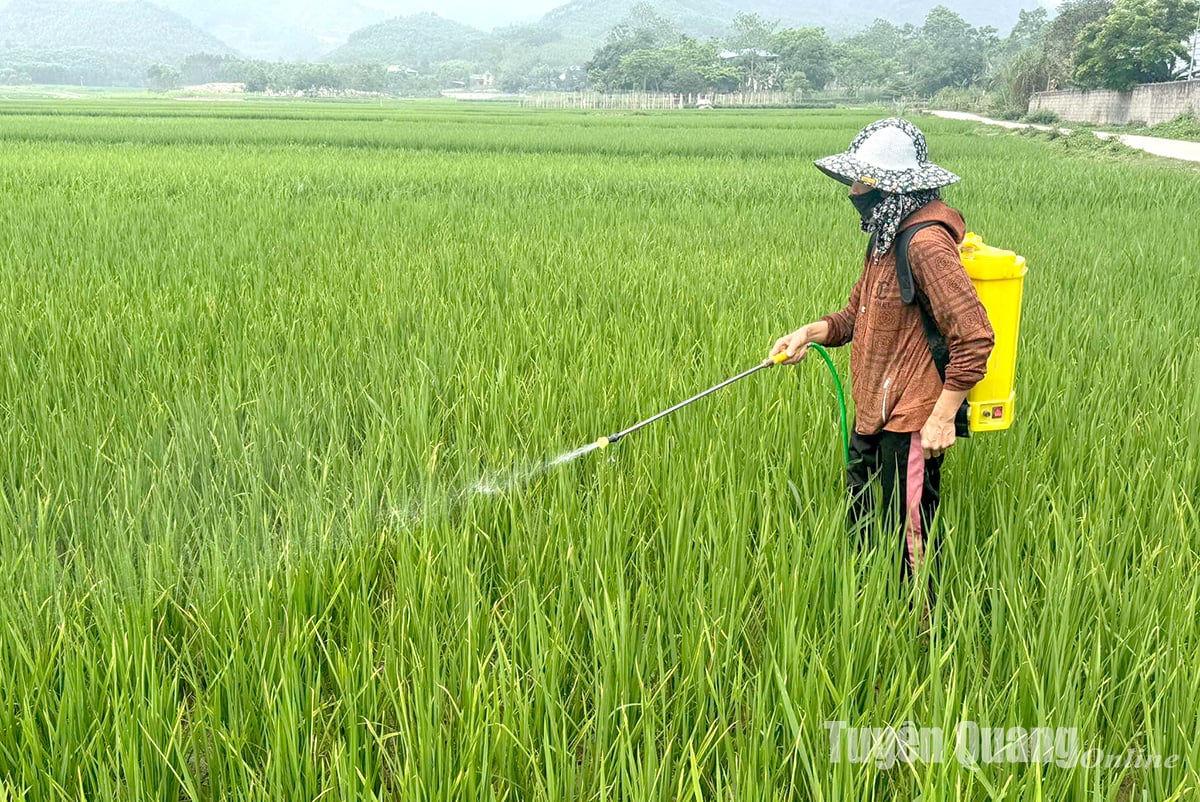
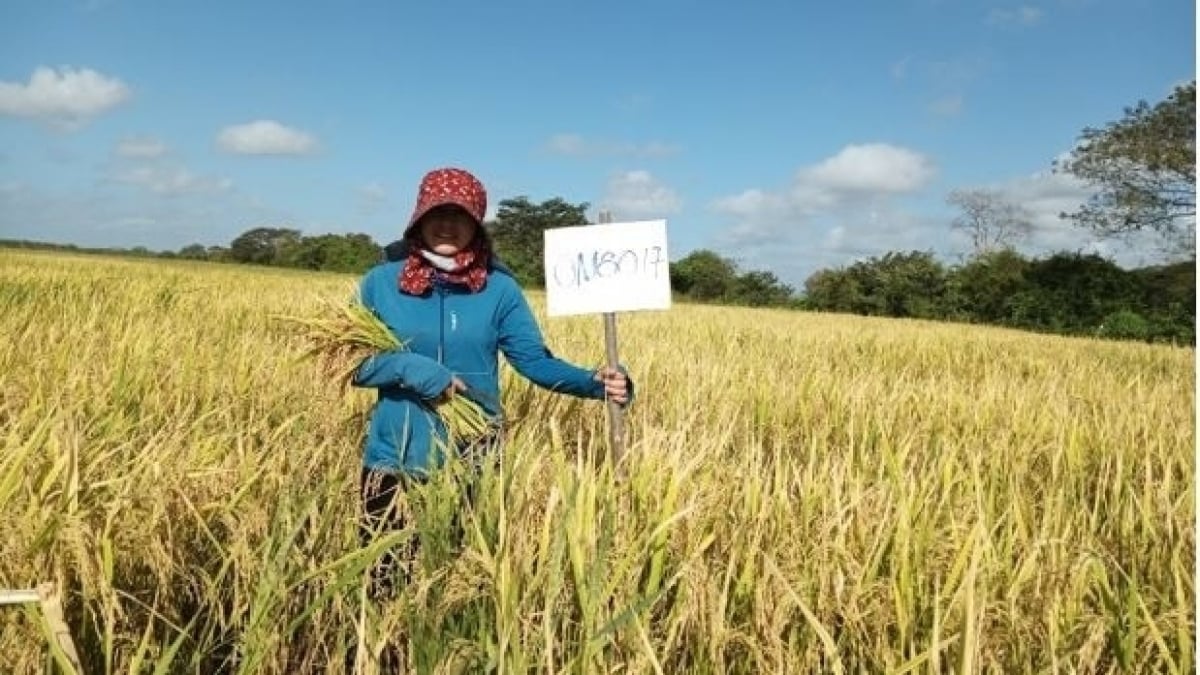

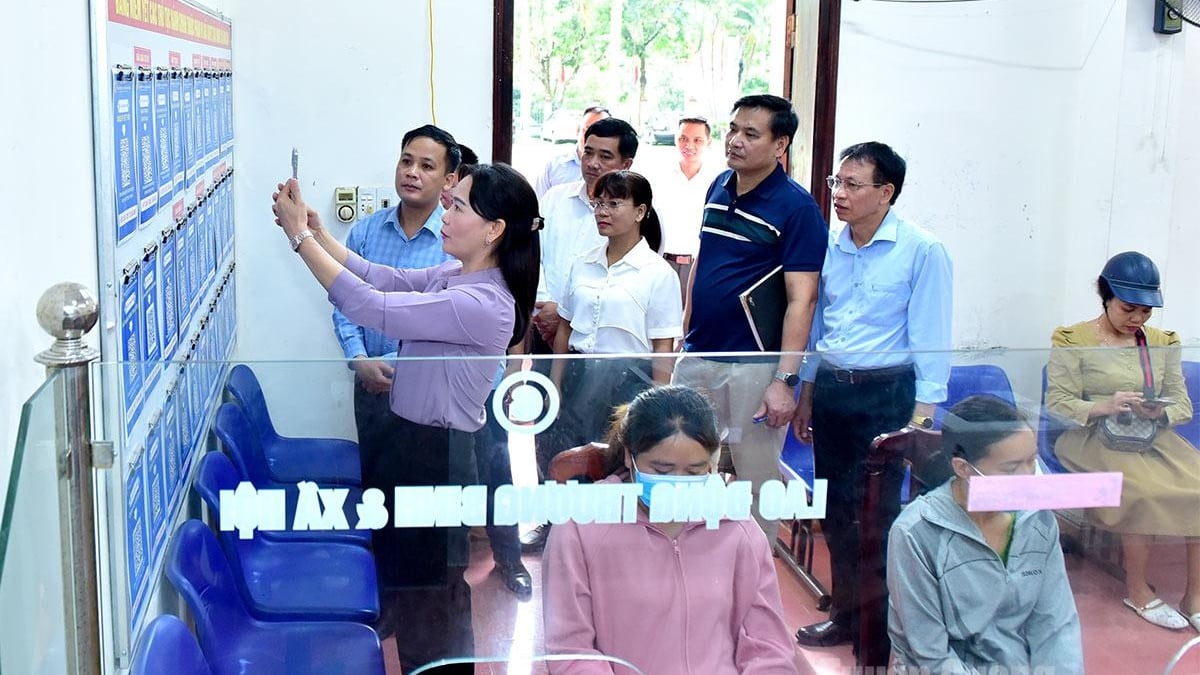


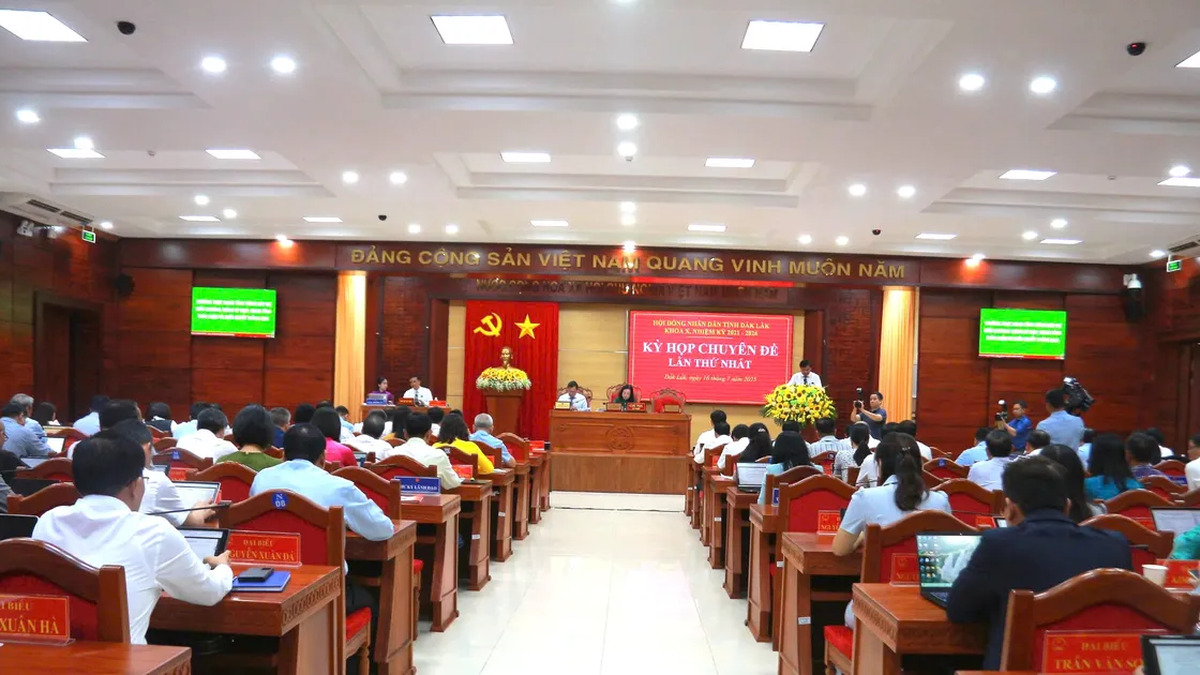
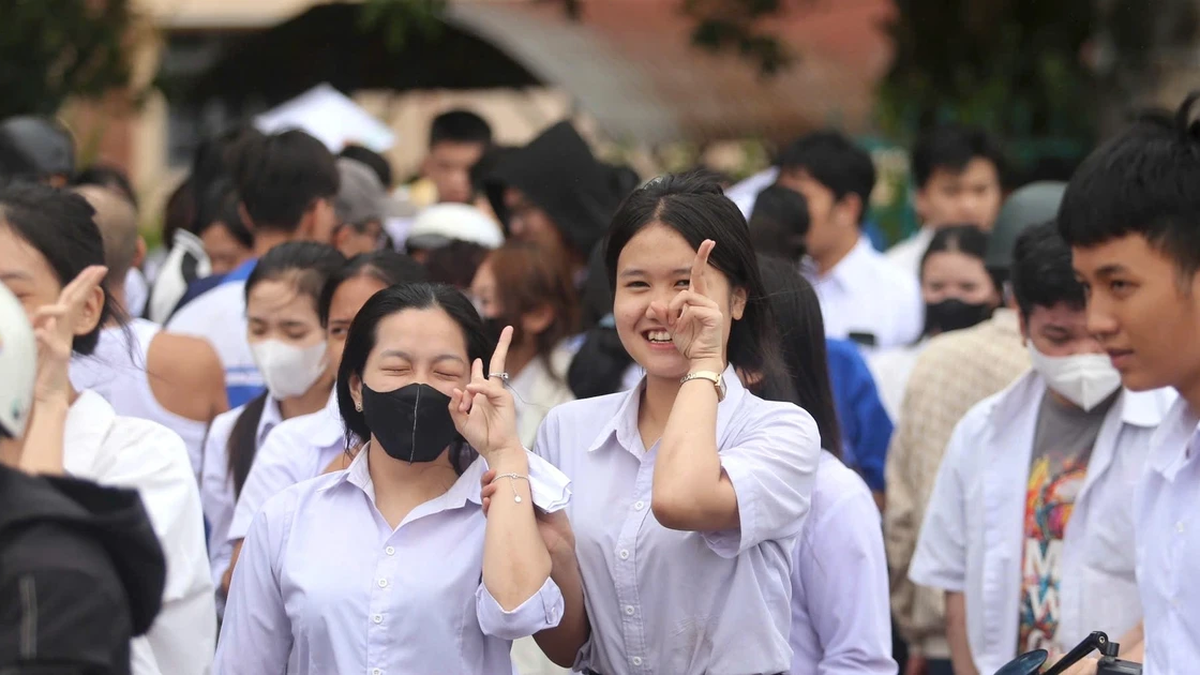
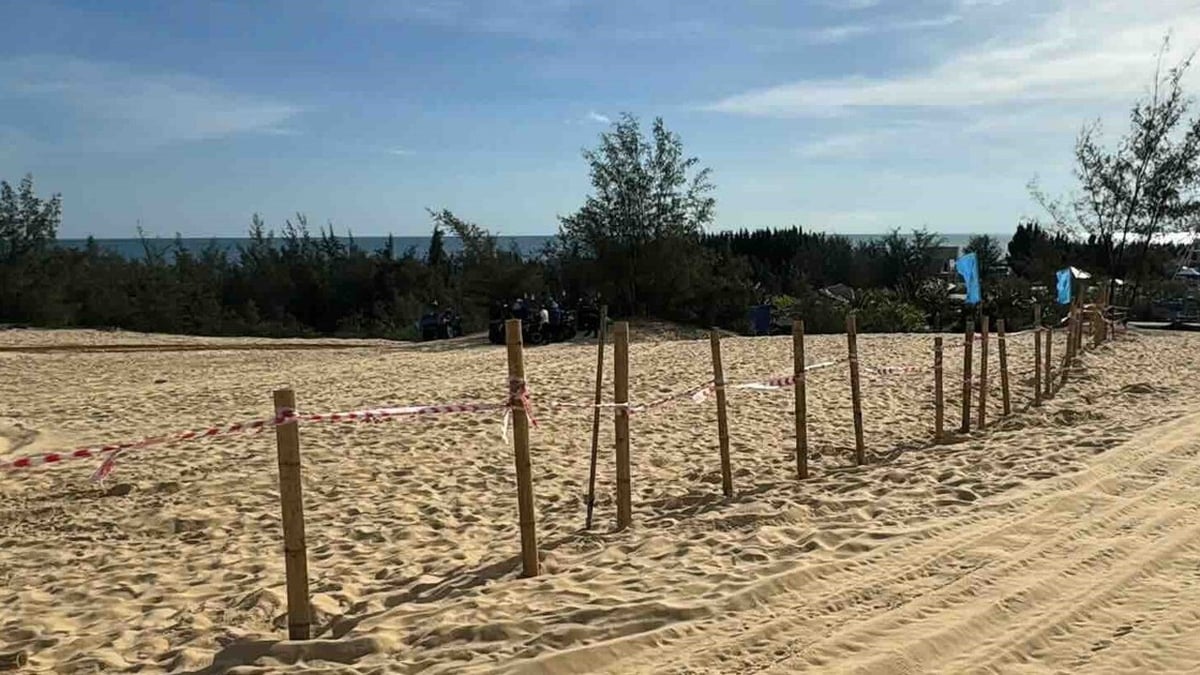





































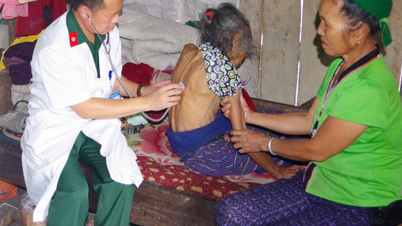





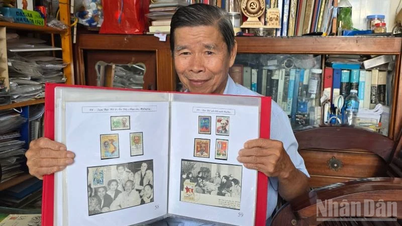















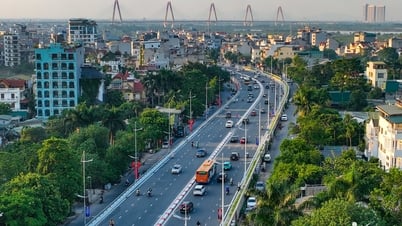

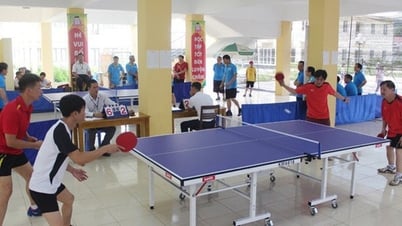





















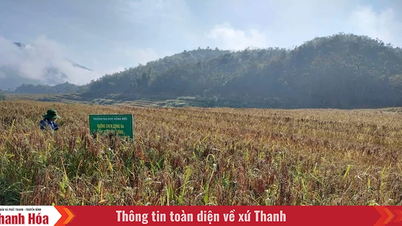

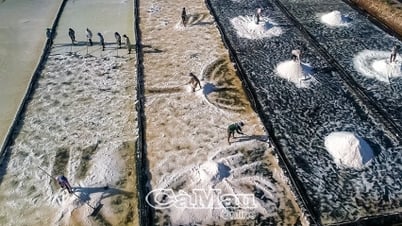






Comment (0)